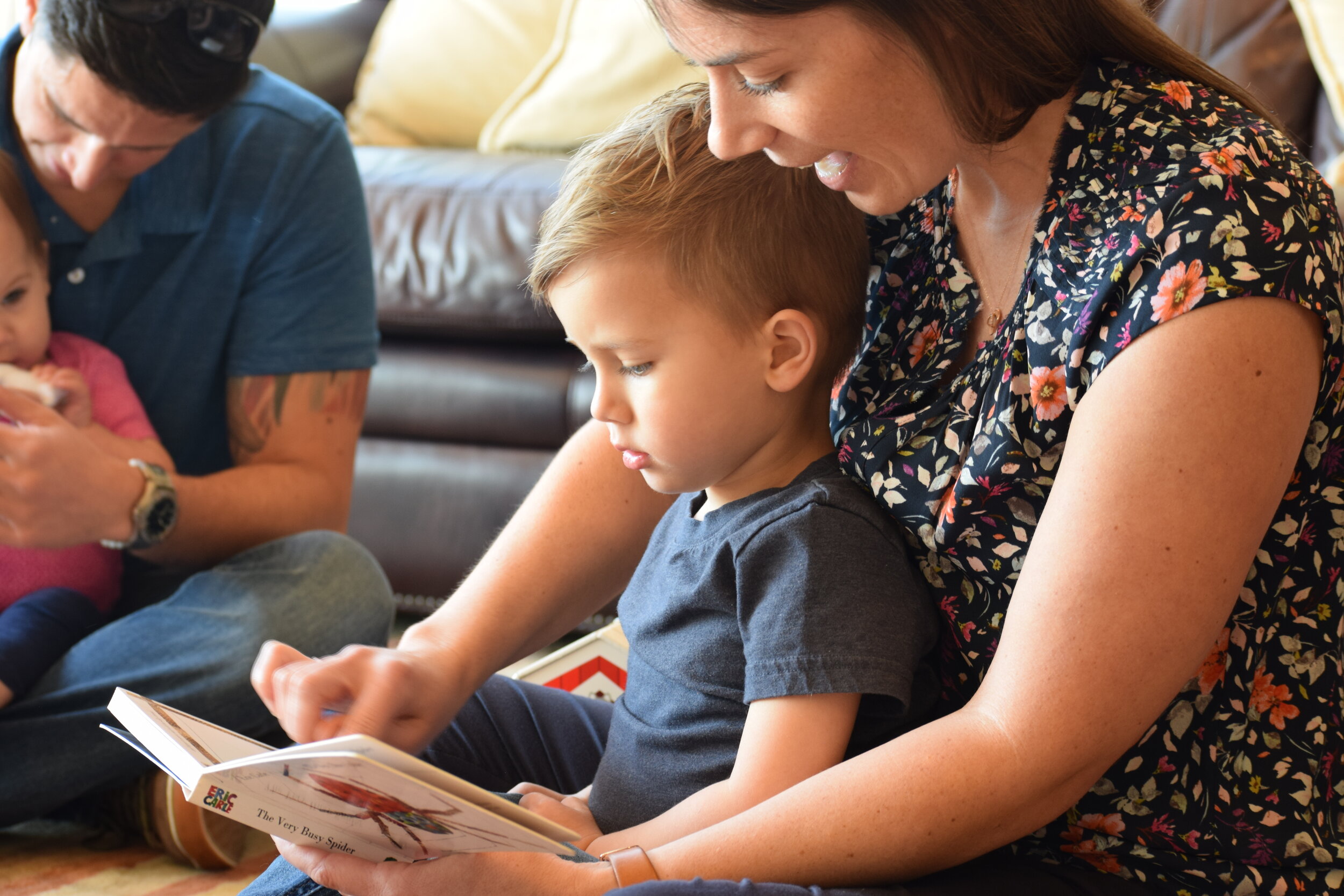Speech-language therapy for autism.
Communication starts with connection.
Autistic children learn best when they are doing what they enjoy! No matter what your child loves, we start by building a connection. We NEVER use compliance-based strategies like withholding favorite items, motivating them with candy, or manipulating your child’s body with hand-over-hand prompts.
Many autistic children begin learning language through scripts or echolalia, instead of through single words. North Star’s therapists are trained in Marge Blanc’s natural language acquisition model to support gestalt language learners.
Become an active participant in your child’s speech-language therapy. Research shows that kids whose parents receive coaching during speech therapy get up to 17 times more speech therapy each week than kids whose parents aren’t involved in therapy.
“BEST SPEECH THERAPIST EVER… Seriously if you need compassionate guidance grounded in real principles of healthy communication and relationships then book your appointment ASAP.”
— H.L., parent
North Star’s Position on Autism
Parent coaching is the most effective form of speech-language therapy for autistic children. Extensive research suggests that children whose parents receive specialized coaching and training make faster progress than children who receive “traditional” speech-language therapy (see annotated bibliography).
Autism is a neurotype. Dr. Katherine’s understanding of autism is informed by the neurodiversity framework, the belief that all humans are different and unique. Most people are neurotypical, meaning that most people’s brains work in similar ways. People who are neurodiverse have brains that are different, but not “wrong”.
Behavior is communication. Scripting, echolalia, gestures, and tantrums are all forms of communication. If a child communicates using these types of behavior, adults should respond and respect what the child is communicating. By tuning into the purpose of the communication, we can work to give the child a safer, easier, and more efficient way to communicate what they are trying to say.
Listen to and learn from autistic adults. The autistic community is a wealth of knowledge about autism. Providers and parents should listen to and learn from autistic adults to gain greater insight into autistic children. For example, autistic adults much prefer identity-first language (e.g., autistic child) over person-first language (e.g., child with autism), which is why you will find this wording on North Star’s website. (If you are an autistic or neurodivergent adult and have suggestions for North Star, please reach out and give feedback.)
Rethink “social skills training.” Autistic masking is the term for autistic people pretending to be neurotypical. Recently, autistic individuals have been speaking out about how difficult masking is and how it leads to burnout, isolation, and depression. Research suggests that the cause of social difficulties between autistic and neurodiverse individuals is caused by what is known as the double empathy problem. According to DeThorne (2020), “both autistic and nonautistic individuals may have difficulty understanding and feeling for one another because of their [different] outlooks and experiences with the world” which leads to social communication difficulties. The burden should not lie on autistic individuals to change.


